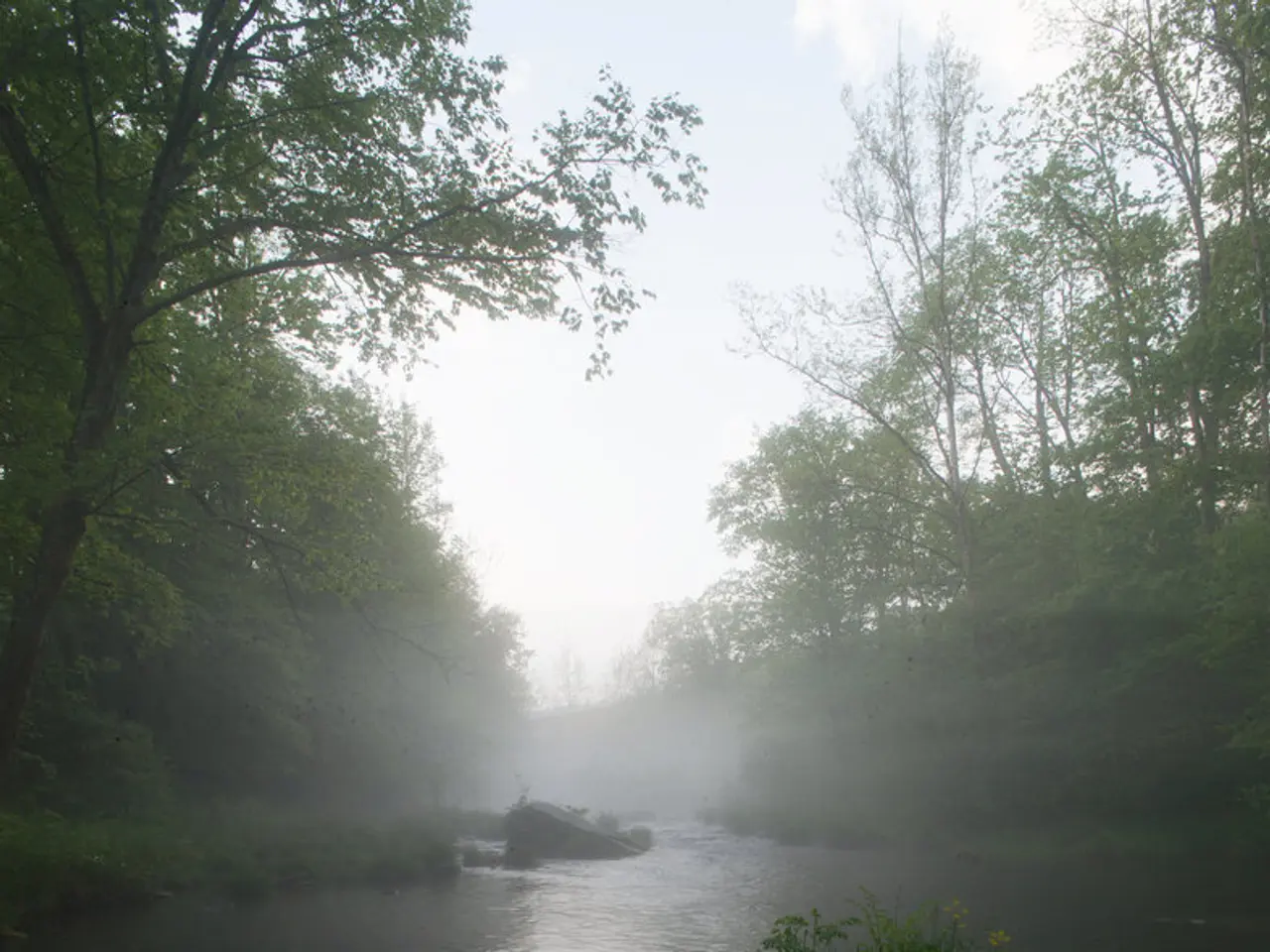Exploring the Legal Aspects of Equitable Environmental Treatment: An Insight from a Legal Standpoint
In the United States, environmental justice (EJ) remains a pressing concern, with issues such as the Flint water crisis, air quality challenges in Los Angeles, and the Dakota Access Pipeline protests highlighting systemic inequities that disproportionately affect marginalized communities.
However, the future of EJ appears poised for significant progression. Public interest law is likely to play a critical role in addressing EJ, with legal advocacy crucial in ensuring that communities adversely affected by environmental degradation receive the representation they deserve.
Key principles of EJ include the right to a healthy environment, community participation in decision-making processes, and intergenerational equity. Government initiatives aim to address disparities in environmental protection and health risks faced by marginalized communities, ensuring equitable treatment and involvement in environmental decision-making processes.
The concept of EJ emerged from the intersection of social equity and environmental policy, and its principles advocate for the participation of all communities in environmental decision-making processes. The equitable distribution of environmental benefits and burdens across all communities is at the heart of EJ, particularly for marginalized and disadvantaged groups.
At the federal level, the Environmental Protection Agency (EPA) has established the Office of Environmental Justice to coordinate outreach and implementation of programs that address the unique challenges faced by disadvantaged groups. Executive Order 12898 mandates federal agencies to consider EJ in their policies and actions, aiming to rectify the disproportionate environmental burdens faced by marginalized communities.
However, the current landscape shows a significant federal rollback and antagonism toward EJ. The Trump Administration has taken steps to weaken federal EJ policy, with an executive order targeting states imposing disparate-impact liability and a proposal to rescind the 2009 EPA endangerment finding that mandates regulation on greenhouse gas emissions.
In response, thirteen states led by California, Massachusetts, and New York have issued a Multi-State Guidance reaffirming the importance and legality of EJ initiatives. These states emphasize their continued commitment to enforcing laws to protect public health, safety, and welfare and highlight ongoing EJ work, including public engagement, pollution mitigation, and climate resilience efforts.
Furthermore, the Trump Administration's April 2025 executive order directs the Department of Justice to push back against state climate laws seen as conflicting with federal energy policies, potentially through litigation, legislative amendments to limit state regulatory authority, and use of federal funding as leverage to enforce compliance with national priorities.
In summary, the current landscape shows a significant federal rollback and antagonism toward EJ, while numerous states aggressively reaffirm and expand their EJ commitments. These states are engaging in legal and policy battles to uphold and advance EJ protections amid efforts to curtail them at the federal level.
Grassroots organizations, community groups, and national coalitions continue to play significant roles in advocating for EJ, raising awareness, mobilizing communities, and pushing for policy changes that prioritize vulnerable populations. The future of EJ in the United States remains a complex and evolving landscape, with the ongoing struggle between federal and state governments shaping the direction of policy and legislation.
The integration of environmental law with science, such as environmental-science, is crucial in addressing the environmental justice (EJ) issues faced by marginalized communities, ensuring healthy environments and community participation in decision-making processes. Medical-conditions and health-and-wellness are directly linked to the equitable distribution of environmental benefits and burdens across all communities, with EJ advocacy aiming to prioritize the rights of those most affected by environmental degradation.




